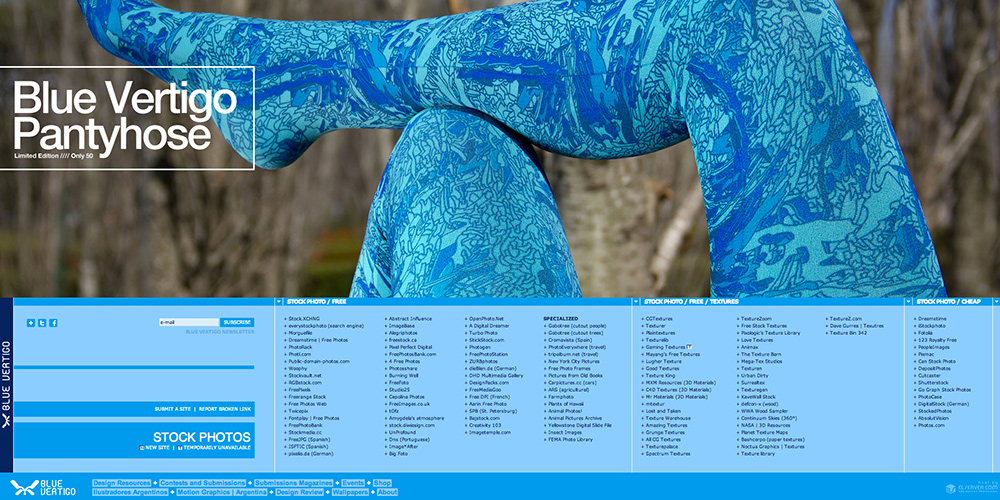Clear Language
Talk to people like they're people. People love that shit. What they're less fond of is being talked at like they're a demographic being sold something. Clarity of language is also really important - remove sesquipedalian superfluities
of verbosity.
Simplicity
If you have more than one message, you need more than one campaign. Everyone kinda knows this intellectually, but few do the work necessary to enact it in practice. It requires a ruthless determination to keep things single‑minded. The trap is that there are good reasons to add things and pruning is hard.
Visual Priority
Let imagery and negative space dominate. Don't make everything compete - create a clear hierarchy of simple elements. Invest in good photography and professional art directors and designers (you can't replace the 10,000 hours it takes to be a master).
Create Intrigue
Watch this TED talk by JJ Abrams on creating mystery boxes. We are innately curious and have a deep need to close the loop. Have a look at the ultra‑hooky craft that
goes into upworthy.com's headlines - their advice is to write 25 headlines. It's really good advice.
Ten Ideas in Ten Minutes
To allow your creative mind to explore, you need to turn off your internal critic. The trick is to force yourself to start spewing thoughts and ideas out, even if they're terrible. Number a list and start a stopwatch: you have 10 minutes to come up with 10 ideas - seriously, this is so worth using.
Write a Good Brief
Here's a link to a briefing template that will make your creative team happy. Counter‑intuitively 'open briefs' actually limit creativity, whereas a clear, tight brief and objective open it up. Never say 'I'll know it when I see it'. Ever. Identify what you want.
Write the News Story
Write the newspaper article for the campaign as if it has already happened and been successful. This forces you to tell the story of the idea - what the key insights were, how it played out, what impact it had. It also forces you to think big and distil
the hook.
Make Me Look Good
Consider how a user will look to their friends sharing the campaign. Does it position them as a caring human or a whinging hippy? Can you leverage an existing social sentiment that your target will be happy to share? It's not just your brand, it's theirs too.
It Pays to be Remarkable
To be sharable, an idea needs to be interesting enough that you would call someone in from another room to show it to them. Simply being good isn't going to do much unless you have a ludicrous budget. Pretty much the higher the eyebrows, the higher the probability
of success.
Be Relevant
Too often people mistake the trappings for the substance. Your comms should be based on insights, not executions. Know your audience and consider things from their perspective not yours or your stakeholders. Simplicity, engagement and relevance are the holy trinity of marketing.
Collaborate Not Death by Committee
There's a time for gathering information and perspectives, and a time for clear decisions. Seek permission to lead and be decisive. There is more risk this way, but also much more chance of success. You can't succeed and please everyone.
Adapt or Die
Everyone says that the digital medium is a two way thing, but few practice it. If something changes, change. If you get momentum, be nimble enough to use it to amplify your impact. Optimize and A/B test constantly, and use analytics to test both minutiae as well as totally different approaches.
Tell A Story
Many effective marketing techniques are simply appropriations of storytelling devices. There's something about stories that engages us like nothing else. Learn how to tell stories well and you needn't know much else. Check out this video from This American Life host Ira Glass.
Use Humor
Humor is one of the best ways to get noticed and shared, but if you're going to do humor you need to do it well. Dad jokes aren't really going to cut it. Do you know a person who makes everyone laugh all the time? Maybe you should ask that person if they could help you with your copywriting?
Give People a Strong Call to Action
Tell people exactly what you want them to do at the end of a piece of communication. You don't need to be pushy, but you do need to be clear. We are prone to distraction, especially online, and so a clear call to action is vitally important.

www.bluevertigo.com.ar
This website is a meta‑resource, it has links to pretty much every useful design resource site and is handily categorized

www.thislife.org
These guys are master storytellers. Study the craft of what they do, and enjoy some truly wonderful content.
